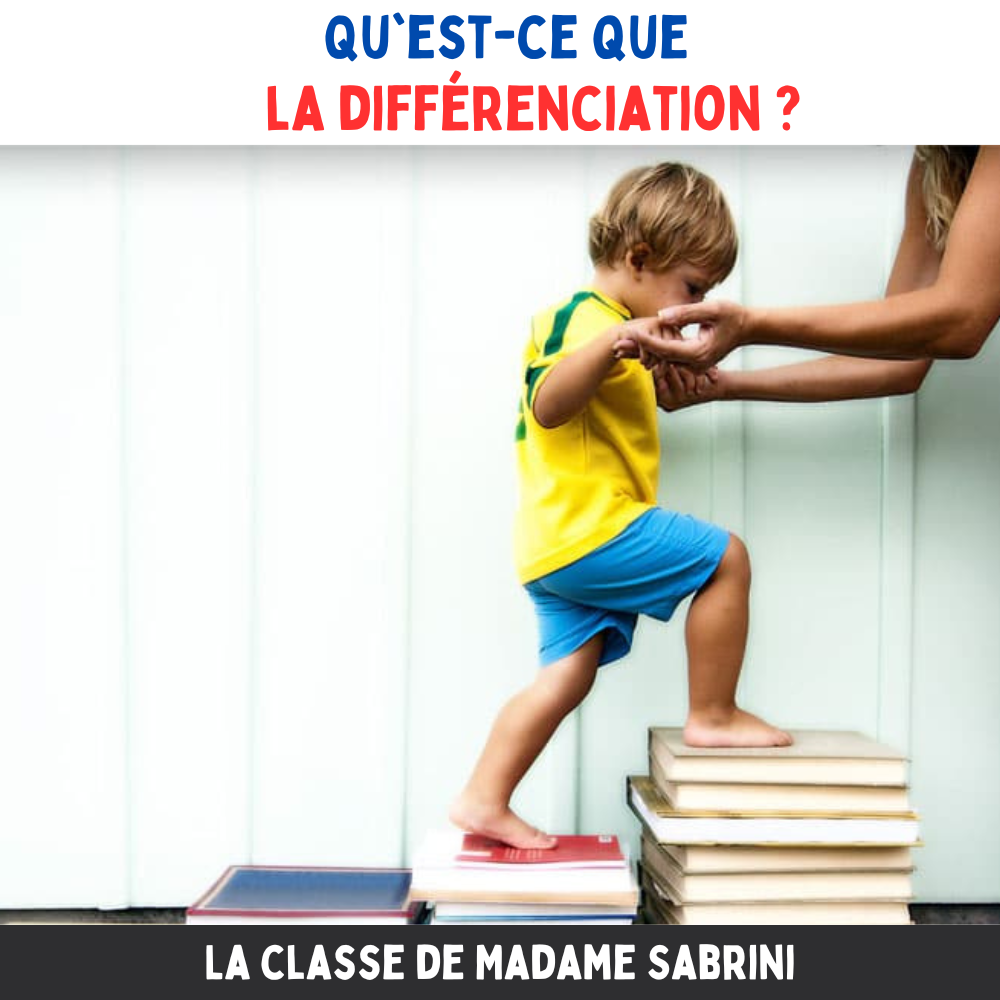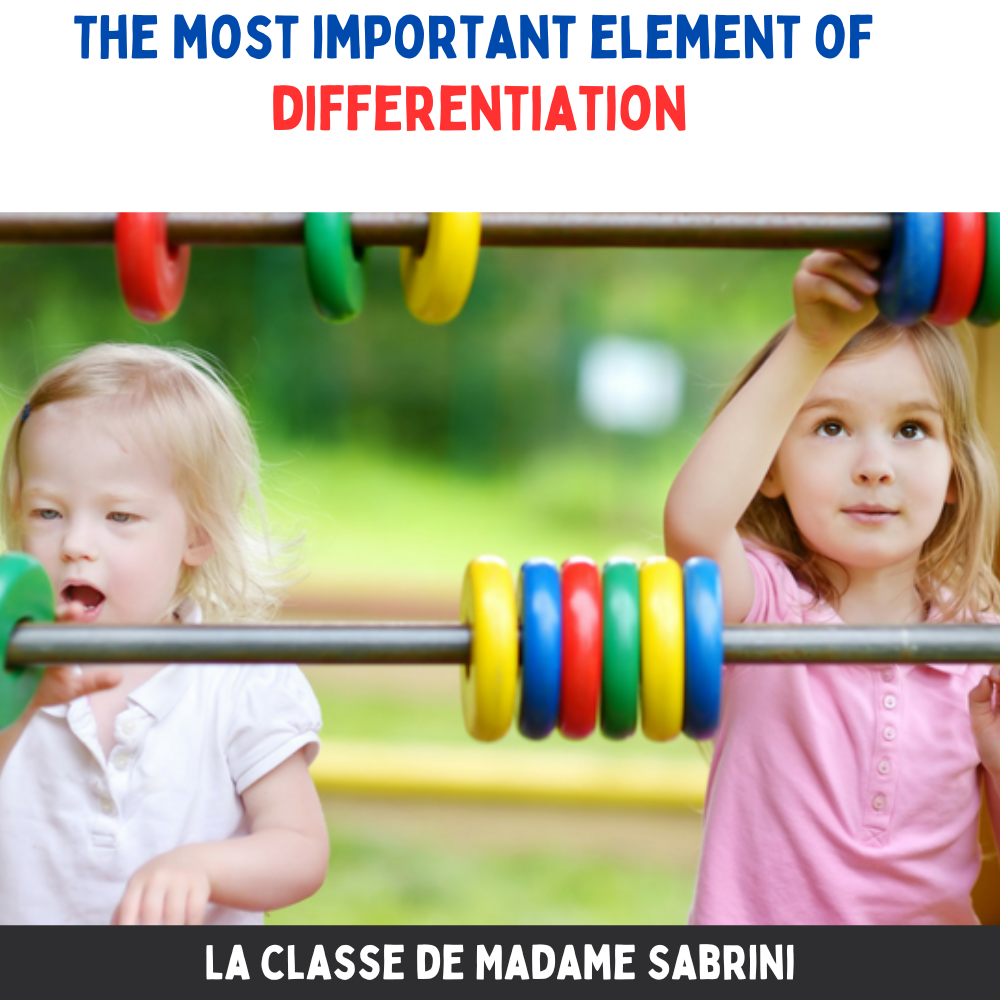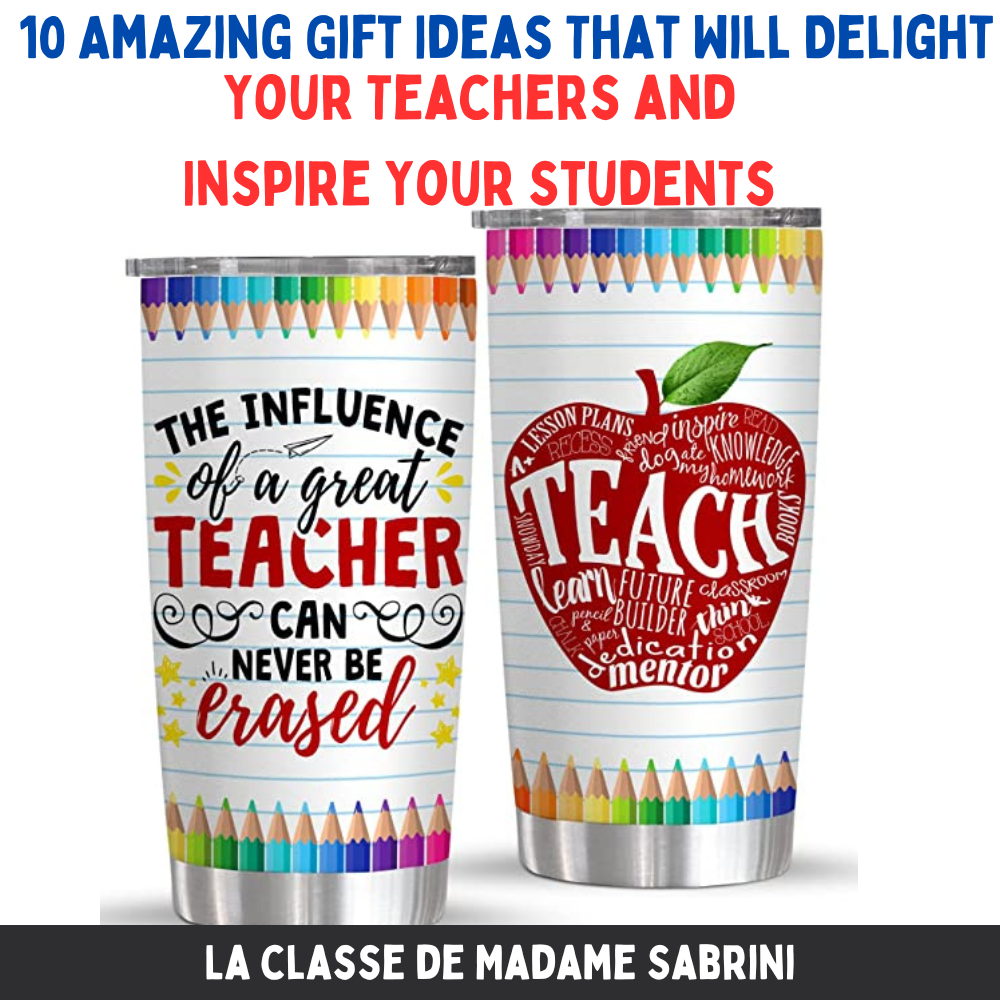Teaching just got a whole lot easier! check out these game-changing Amazon organization products that simplify your life in the classroom
This post may contain affiliate links which means I may receive a commission for purchases made through links. I will only recommend products that I have personally used! Learn more on my Private Policy page. Are you a teacher looking for ways to stay organized? Look no further! Amazon has a great selection of […]










